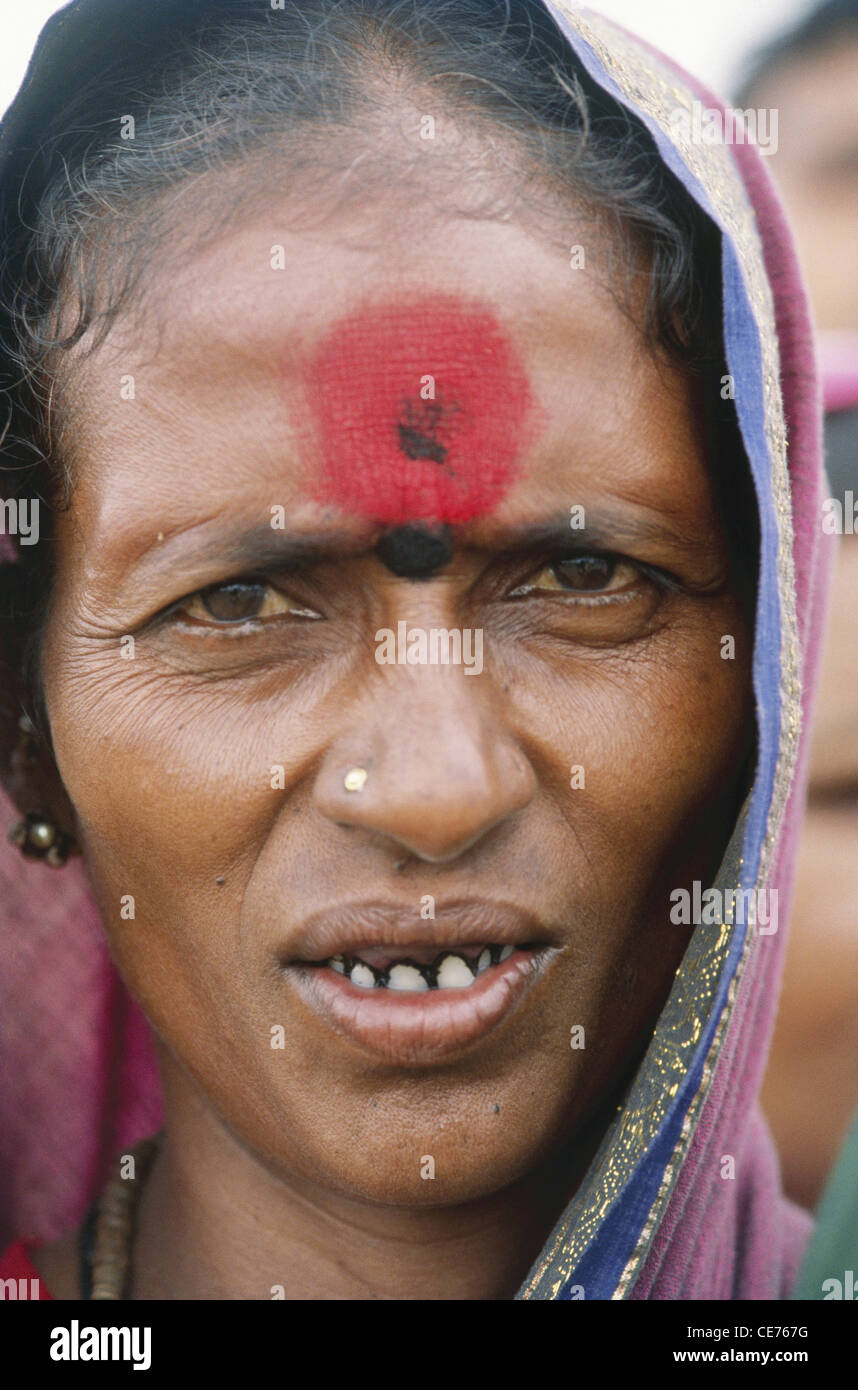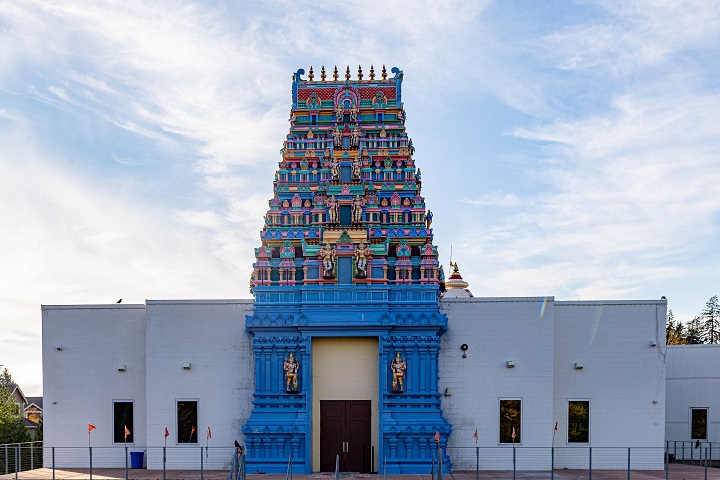Hindu Sign on Forehead: Unveiling Its Spiritual Meaning
Have you ever noticed a striking mark on someone’s forehead and wondered about its significance? That distinct symbol is not just an adornment; it’s deeply rooted in tradition and spirituality.
The Hindu sign on the forehead, often seen as a dot or a mark, carries profound meaning. It’s a doorway into understanding centuries-old customs that millions around the world cherish. By uncovering the story behind this sign, you’ll gain insights into Hindu culture and spirituality that might surprise you.
Discover how this small mark can symbolize wisdom, power, and personal identity. Stay with us as we explore the fascinating details behind this intriguing symbol—you might find more than just cultural knowledge; you might find a connection that resonates personally with you.

Credit: www.alamy.com
Origins Of The Forehead Sign
The forehead sign is called a bindi or tilak in Hindu culture. It has deep roots in ancient traditions. The sign is usually a dot or mark on the forehead. It is often red or orange. The bindi is worn by women and men. It can be made of powder or sticker. The mark is placed between the eyebrows. This spot is called the ‘third eye’. It represents wisdom and focus. People believe it helps in meditation and concentration. The tilak is used in religious ceremonies. It also shows one’s spiritual beliefs. Each color and shape can have different meanings. It is a beautiful symbol of identity.
Types Of Forehead Marks
The Tilak is a mark worn on the forehead. Often, men wear it during special events. It can be made of sandalwood, ash, or clay. The shape of the Tilak may vary. Some people wear a straight line. Others prefer a U-shape. It symbolizes blessings and protection. Each color and shape has a different meaning.
Bindi is mostly worn by women. It is a small dot on the forehead. Usually, it is red or black. It represents beauty and tradition. Some women wear it every day. Others choose to wear it on special occasions. Bindis can be made of paint or stickers. Sometimes, they have glitter or jewels.
Kumkum is a red powder. Often used in rituals and prayers. People apply it on the forehead. It signifies purity and devotion. Married women often wear Kumkum. It is placed at the hair parting. This tradition shows respect for their husband. Sometimes, Kumkum is mixed with water to make a paste.
Cultural Significance
The Hindu sign on the forehead is a mark of identity. It shows faith and belief. Many wear it as a dot or line. The color often varies. Red, yellow, and white are common. Each color has meaning. Red stands for strength. Yellow means peace. White shows purity. People wear it every day. It is part of their routine.
In rituals, the forehead sign is very important. It connects the person with spiritual energies. Priests often apply it before prayers. It is used in festivals and ceremonies. During weddings, it has a special role. It shows blessings and good luck. Families apply it to show unity. Everyone respects this tradition. It is a symbol of culture and heritage.
Spiritual Interpretations
The mark on the forehead is more than decoration. It is a sacred symbol in Hindu culture. Often, it is made with red or yellow powder. This mark shows devotion to God. It is a way to feel closer to the Divine. People wear it during prayers and festivals. It helps them focus on their spiritual path. Wearing the mark is a reminder of inner peace. It connects the believer to their faith.
The forehead sign is also linked to the third eye. The third eye is a symbol of wisdom and insight. It helps people see beyond the physical world. This mark can awaken spiritual energy. It is placed on the spot between the eyebrows. This spot is where the third eye is believed to be. The mark helps open the mind to new ideas. It encourages deeper understanding and awareness.
Gender And Social Perspectives
Men and women in Hindu culture often wear different forehead marks. Women usually wear a bindi. This small dot is placed between the eyebrows. It is often red or a bright color. Men often wear a tilak. This can be a line or a stripe. The colors and designs may vary. These marks can show religious devotion. Or they can show personal beliefs.
Forehead marks can also show social status. Married women often wear a bindi. It shows they are married. Men may wear a tilak during rituals. This can show their role in society. Sometimes, the shape or color of the mark shows a person’s community or group. These marks are more than decoration. They hold deep meanings and tell stories about a person’s life and beliefs.

Credit: www.hinduamerican.org
Modern Day Relevance
The Hindu sign on the forehead is called a bindi. It is common in many cultures today. Some wear it for religious reasons. Others use it as a fashion statement. Bindis come in many colors and shapes. Many choose a bindi to match their clothes. It adds a special touch to an outfit. Some people use a bindi for meditation. It helps them focus and relax. The bindi has many meanings for different people. Each person may wear it for their own reason.
The bindi is known in many parts of the world. Celebrities have been seen wearing bindis. This makes it more popular globally. People from different cultures try wearing a bindi. They find it beautiful and interesting. Some even wear it at festivals and parties. It is a sign of cultural appreciation. Yet, some think it is important to understand its meaning. Learning about its history shows respect. The bindi is more than just a dot; it carries deep meaning.

Credit: www.alamy.com
Conclusion
Exploring the Hindu sign on the forehead reveals rich cultural meaning. It symbolizes spirituality, protection, and identity in Hindu tradition. Many wear it daily as a symbol of faith and devotion. Understanding these signs helps us respect and appreciate diverse traditions.
They are small, yet hold profound significance. They connect individuals to their heritage and beliefs. Embracing these symbols fosters greater cultural awareness. They remind us of the beauty in diversity. A simple mark with a deep story. By learning about these signs, we build bridges between cultures.
A step towards a more inclusive world.



